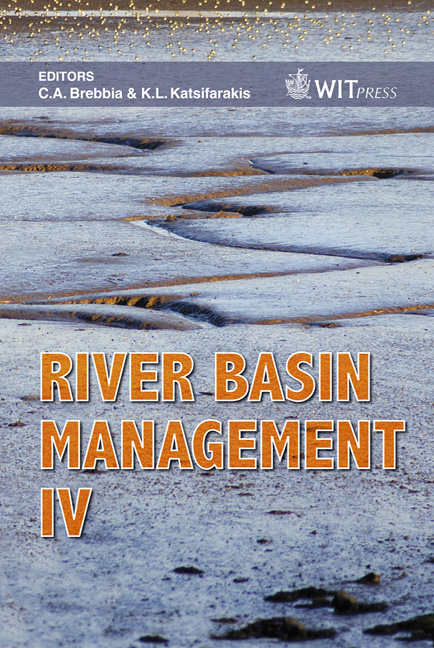The Effect Of Buildings In Floodplain Overbank Areas
Price
Free (open access)
Transaction
Volume
104
Pages
9
Published
2007
Size
403 kb
Paper DOI
10.2495/RM070141
Copyright
WIT Press
Author(s)
A. D. Parr & B. Heatherman
Abstract
Urban areas often include inundated areas with a significant number of residential or commercial buildings within the floodplain boundaries. The buildings reduce the conveyance by lowering the cross-sectional area of flow and by creating drag forces. It is important that these factors be considered in floodplain models. This study considers the resistance effect of buildings in the overbank areas of floodplains. An equation was derived that expresses an effective Manning’s n-value as a function of flow, building and roughness parameters. Keywords: n-value, floodplain, overbank, buildings. 1 Introduction Floodplain analysis in urban areas faces the issue of accounting for the resistance created by buildings in the floodplain. Two things happen when impenetrable objects are placed in the floodplain. First, the conveyance of the floodplain is reduced due to the reduction of cross sectional area. Second, the buildings introduce drag forces. Both phenomena will be considered here. An equation is developed to account for both blockage and drag via an effective Manning’s nvalue. The HEC-RAS one-dimensional hydraulic model [1] is the model used for most floodplain analysis in the United States. Thus, it will be used herein for demonstration purposes.
Keywords
n-value, floodplain, overbank, buildings.





